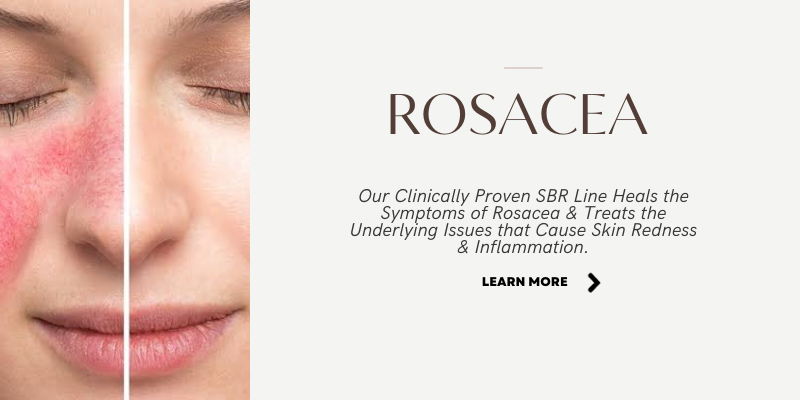There are so many factors to consider when choosing a sunscreen… But the primary prerequisite for effective sun protection is using the right set of ingredients for your delicate skin. Chemical action sunscreens have been on the market in the skin care world for some time, although their adverse effects on your health and world ecology (Did you know that chemical sunscreens are killing our ocean reefs?) have only lately been revealed by science.
If you are looking forward to consciously replacing your sunscreen with clean, EWG-approved natural formulas? Before slathering on your favorite sunscreen, make sure and read the label and check whether it contains the following toxic compounds:
The List of Toxic Sunscreen Ingredients
Always make sure to read labels and try resisting picking up products with these ingredients:
- Oxybenzone
Oxybenzone may also be labeled as Benzophenone-3. Though Oxybenzone is FDA approved and is reported to be effective against UV exposure, it has some serious side effects. Oxybenzone is hazardous for direct skin and eye contact. The chemical can penetrate into the skin and can cause hormone disruption, severe allergic reactions, irritation, and other skin concerns. Oxybenzone also impacts marine life and causes coral bleaching. - Octinoxate
Commonly used to give protection against the UVA rays, Octinoxate is evidently known to cause reproductive toxicity. On the packaging, it may be listed in the name of ‘Methoxy cinnamate’ or ‘Ethylhexyl methoxy cinnamate’. This chemical also causes skin allergic reactions. - Avobenzone
Avobenzone is known to cause both eco-hazards and health hazards. A very common ingredient in so-called ‘Hawaiian complaint’ sunscreens, Avobenzone is highly unstable under the UV light and increases free radicals in the skin (the culprit behind skin aging). The chemical can also cause severe eye irritation. - Homosalate
Homosalate is a class of organic chemicals obtained from salicylates. It can absorb UVB only. Homosalate is often mixed with other risky chemicals in order to provide maximum sun protection.
Being an organic chemical, Homosalate increases the absorption of harmful ingredients, including pesticides, bug sprays and other environmental toxins. This ingredient does not break down readily, affecting the food chain, soil and the marine ecosystem. - Octocrylene
This is a common ingredient found in water-resistant sunscreens. Unlike other chemicals, Octocrylene does not appear to cause hormone disruption. However, it does cause skin allergy and irritation, especially in children and people with sensitive skin.
So Which Sunscreen Should You Choose?
Currently, Zinc Oxide and Titanium di Oxide are the only two FDA and EWG approved ingredients that provide broad-spectrum sun protection (against UVA, UVB, and UVC rays) without any side effects. Both these ingredients are naturally extracted earth minerals which work as a ‘physical sunscreen’ that isn’t absorbed into the skin unlike their chemical counterparts, but instead creates an invisible barrier to reflect or scatter UV rays. As such, these damaging rays do not penetrate the dermis, or cause side effects.
Our SunProtect SPF 30+ contains 22% Micronized Zinc Oxide (non-nano/micronized) that effectively reflects 98% of UVA, UVB, and UVC rays.
Editor’s Pro Tip: Beware of ‘nanoparticulated’ Zinc Oxide and Titanium di Oxide based mineral sunscreens. Nanoparticles are 1000X times smaller than human hair and are more bioavailable (or chemically reactive and possibly entering the bloodstream) because of their tiny size. Instead, always check the label whether your sunscreen formula contains ‘Micronized particles’ (or in the USA often called ‘ZinClear’). This nanoparticulated format has been outlawed in most of the rest of the world due to the risk of health and environmental side effects.
Our PuraVeda Organics SunProtect’s ‘Devabright formula’ (with Licorice root, Kojic acid from mushrooms, and Uva Ursi) also helps prevent and treats hyperpigmentation and uneven skin tone (learn more).




